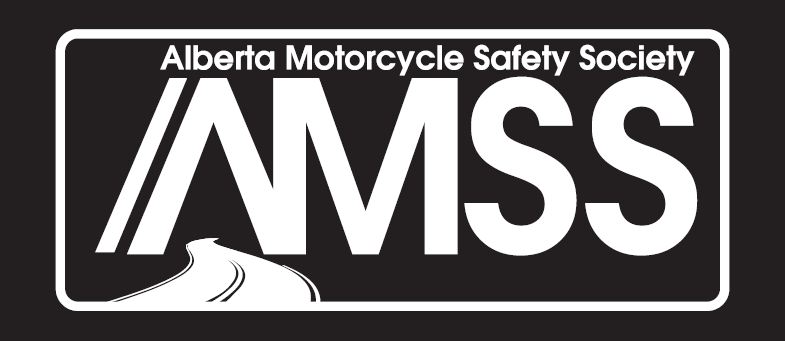Alberta Motorcycles Ready to Hibernate
Tips to Winterize Your Motorcycle
By: Debbi Serafinchon
We knew this was going to happen sooner than later. All of us that ride this far north know the riding season comes to an end and we must do what we can to protect our beloved motorcycles from the harsh winter elements. Giving your bike TLC before the snow flies will help to get your bike ready in the spring.
Follow these tips to store your machine safely and be ready to roll again once the snow melts in a few months.
Wash and Lubricate
Use a good soap and warm water to get all the dirt and grease off your bike. Scrub those bug guts off too! Don’t forget to give all the hidden areas a good scrub also. Really show your bike some love! You’ll want to wax all the painted areas to protect it from moisture buildup and spray any exposed metal with a spray lubricant such as WD-40 and don’t neglect all the moving parts such as cables and controls.
Filler 'er up!
Most sites that I checked suggest filling it to 90% full to avoid a build-up of condensation in the tank and adding a fuel stabilizer then running the engine long enough to get the stabilizer through all the fuel lines. Saying all that, if your bike has a carburetor, you absolutely without a doubt must drain the float bowls before storing it for the winter.
Change Your Oil
Fresh oil will preserve your engine better than used oil which tends to break down over time. Your engine will thank you for this.
Top Up Other Fluids
Check your brake fluid, clutch fluid, and transmission fluid (if your bike uses it) because like oil, new fluids protect parts better than the used stuff. Low levels make it easy for moisture to form where it is not wanted.
Battery
Ensure your battery is fully charged BEFORE putting it away and you should be able to maintain its charge without a problem. Choose a trickle charger or a maintenance charger that will slowly charge a battery and prevent overcharging. Choose a charger that is designed to stay connected to the battery and will automatically turn off and on to maintain the specific charge range.
If you’re going to store the bike outside in the cold, Craig from Cycle Works suggests removing the battery and keeping it in a heated place. An attached garage should be warm enough. Just ensure the battery won't freeze.
Tires
If your bike has a center stand, use it and support the front tire with a jack stand or block of wood. If your bike only has a side stand, you can add a few extra PSI above the recommended pressure to prevent flat spots. You can also rotate the tires now and then as well.
Of course, if you have a bike stand that will get your tires up off the ground, that would be the best scenario.
Storage Location
In an ideal world we would all be riding all year round, but here in Canada, that is not possible. Storing your bike for the winter is best in a heated, indoor environment but again, we don’t all have access to this. If you have a friend with a garage, do not be shy to ask for your bike to have an extended sleepover!
If it must be stored outside, make sure that it is covered and snow and water cannot get underneath the cover. Try to avoid parking it where the direct sunlight will hit it and pick a location where there will be minimal temperature fluctuation. Put a block of wood under the kickstand to avoid finding your bike on its side if it is parked where the ground can become too soggy.
Next to selling everything you own and moving to a location where you can ride all year round, ensuring you properly prepare your motorcycle to hibernate throughout the winter is the next best solution. By following the tips laid out, it will be easy to get your bike ready for another fun-filled year of riding in approximately 212 days. But hey, who's counting?
For more information in video format, click here to watch Craig explain how to winterize your motorcycle.
